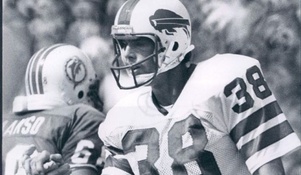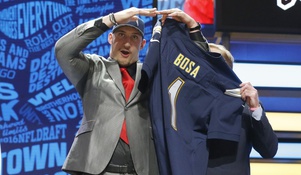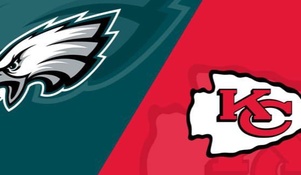Former NFL Players get their day in court in new drug lawsuit against 32 teams
"The NFL knew of the debilitating effects of these drugs on all of its players and callously ignored the players' long-term health in its obsession to return them to play" - Steven Silverman, attorney for the players
On Friday, July 1, 2016 a new class action lawsuit that names each of the NFL's 32 teams individually was allowed to proceed to the discovery phase when Federal Judge William Alsup of the Northern District of California denied the NFL’s motion to dismiss the players' complaint.
Judge Alsup had dismissed a similar lawsuit in December 2014 in which Richard Dent, Jeremy Newberry, Jim McMahon and Roy Green were the lead plaintiffs. In that case, Alsup wrote that the collective bargaining agreement was the proper forum to resolve the players' claims.
Using the CBA to address players complaints, is commonly referred to as the “Preemption Argument.” In his ruling, the Judge said “this Court is unwilling to categorically immunize defendant clubs’ illegal and indiscriminate distribution of painkillers as alleged in the complaint.”
The Judges unwillingness to “immunize” the teams by allowing them to use the Preemption argument is an ironic way for him to describe his ruling. Immunizations are usually administered via an injection into the arm. The injections of Lidocaine that we received before games didn’t immunize us and prevent us from getting sick, they only prevented us from feeling the injuries that got worse because the drugs were masking the pain.
The NFL team doctors and trainers also anesthetized players after games.
The lawsuit states that “Player Jerry Wunsch remembers that on flights home from football games, club trainers would “walk up and down the aisles of the plane, handing out anti-inflammatories and painkillers to anyone who needed them, no questions asked.” It goes on to say "Player Steven Lofton remembers that team trainers would simply hand him pills and tell him that he needed to take them. The doctors who injected him never said the name of the drug he was being given. Mr. Lofton does remember that the drugs were being given out like M and M’s, the candy. On the plane home from away games, a doctor would walk down the aisle, take pills from zip-lock bags and hand them to the players. Mr. Lofton remembers those flights as being strangely quiet as 53 players were numbed to sleep by the power of the drugs. He was never told by anyone of the side effects of the drugs. These club distribution practices allegedly violated the Controlled Substances Act and the Food, Drug, and Cosmetic Act.”
Steve Silverman, the lead plaintiffs' attorney in the lawsuit, said "the court has opened the doors of justice for those players who were illegally drugged, used, abused and discarded by the NFL teams." He goes on to say "Plaintiffs will now have the opportunity to put the NFL teams to task as to where these painkillers came from, how they were namelessly purchased in bulk, and why there is no record of examinations and prescriptions as to most players."
Some players became addicted to pain pills after retiring from the NFL. J.D. Hill, a plaintiff in the lawsuit, said "I was provided uppers, downers, painkillers, you name it while in the NFL. I became addicted and turned to the streets after my career and was homeless. Never took a drug in my life, and I became a junkie in the NFL."
In addition to trying to get the case dismissed on the Preemption argument, the clubs also tried to dismiss the lawsuit on the basis that the claims are barred under the statute of limitations. The Judge said “Nevertheless, the nature of at least some of the injuries was latent and slow in developing. Therefore, it is not possible to say as a matter of law on this record that the statute of limitations categorically bars plaintiffs’ claims. The Judge left the door open for the NFL to use the statute of limitations argument at a later date when he said “The motion is denied, however, without prejudice to later proof that the statute of limitations bars some or all of the claims of individual plaintiffs.”
The new lawsuit seeks unspecified financial damages and the creation of an NFL- funding testing and monitoring program to help protect players from painkiller- linked addiction, injuries and disabilities.
You can read the entire court document on the denial of the NFL’s motion to dismiss at this link: NFL's Motion to Dismiss is Denied






